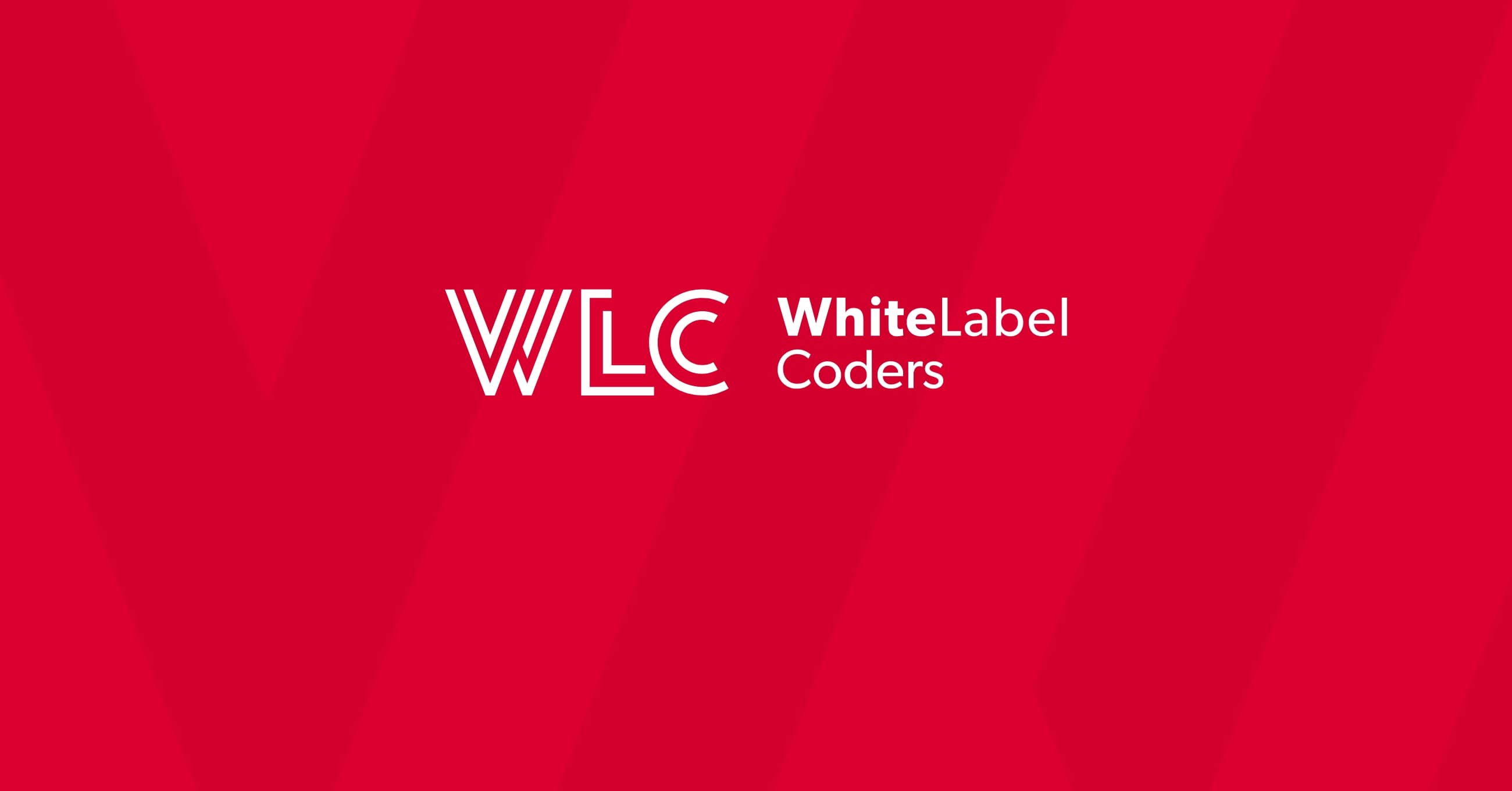Category: SEO AI
Can you add custom HTML and CSS to WordPress?

Yes, you can absolutely add custom HTML and CSS to WordPress. The platform offers multiple built-in methods and safe approaches for customisation, including the WordPress Customizer’s Additional CSS feature, child themes, custom plugins, and theme template modifications. These options allow you to personalise your site’s appearance and functionality without compromising security or losing changes during updates.
Understanding wordpress customisation capabilities
WordPress stands out as one of the most flexible content management systems available, offering extensive customisation options for both beginners and experienced developers. The platform’s architecture is designed to accommodate custom HTML and CSS implementations through various built-in features and developer-friendly approaches.
The core WordPress installation includes several native customisation tools. The WordPress Customizer provides a user-friendly interface for adding custom CSS, whilst the theme editor allows direct file modifications. Additionally, WordPress supports custom post types, template hierarchies, and hook systems that enable sophisticated customisations.
For more complex requirements, WordPress’s plugin architecture and theme development framework support extensive modifications. You can create custom templates, modify existing ones, or build entirely bespoke solutions. The platform’s flexibility makes it suitable for everything from simple blogs to complex e-commerce platforms and custom web applications.
Understanding how WordPress can be customized helps you appreciate the full scope of possibilities available for your project.
What are the safest methods to add custom HTML and CSS to wordpress?
The safest approach involves using child themes and WordPress’s built-in customisation features. These methods protect your customisations from being lost during theme updates and maintain your site’s security integrity.
Child themes represent the gold standard for WordPress customisation. They inherit all functionality from the parent theme whilst allowing you to make modifications safely. When the parent theme updates, your customisations remain intact. Creating a child theme involves setting up a new directory with a style.css file and functions.php file.
The WordPress Customizer’s Additional CSS feature provides another secure method. This built-in tool allows you to add custom styles that persist through theme updates. It’s perfect for minor styling adjustments and offers a live preview of your changes.
Custom CSS plugins offer additional safety layers. These plugins store your custom styles in the database rather than theme files, ensuring your modifications survive theme changes. Popular options include Simple Custom CSS and Easy Custom CSS.
For HTML modifications, using WordPress hooks and filters through your theme’s functions.php file (preferably in a child theme) provides the safest approach. This method integrates seamlessly with WordPress’s architecture.
How do you add custom CSS through the wordpress dashboard?
WordPress includes a built-in Additional CSS feature accessible through the Customizer, making it straightforward to add custom styles directly from your dashboard without touching any files.
Navigate to Appearance > Customize in your WordPress admin area. You’ll find the “Additional CSS” option in the customisation menu. This section provides a code editor where you can input your custom CSS rules.
The interface includes helpful features like syntax highlighting and error detection. As you type your CSS, WordPress validates the code and highlights any syntax errors. The live preview pane shows your changes in real-time, allowing you to see exactly how your modifications affect your site’s appearance.
Your custom CSS takes precedence over theme styles due to its position in the loading order. This means you can override existing styles without modifying theme files. The Additional CSS feature also includes helpful auto-complete suggestions for CSS properties.
Remember to test your changes across different devices using the responsive preview options. Once you’re satisfied with your modifications, click “Publish” to make them live on your site.
Where can you insert custom HTML code in wordpress themes?
WordPress offers multiple insertion points for custom HTML, including header and footer areas, widget zones, template files, and hook locations throughout your theme’s structure.
The header and footer sections provide common insertion points for custom HTML. You can add code to these areas through the WordPress Customizer (if your theme supports it), by editing the header.php and footer.php files, or by using plugins that manage header and footer code.
Widget areas offer flexible HTML insertion options. Most themes include sidebar and footer widget areas where you can add Custom HTML widgets. These widgets accept both HTML and CSS code, making them versatile for various customisation needs.
Template files provide the most comprehensive control over HTML placement. You can modify existing template files or create custom templates for specific pages or post types. Common template files include index.php, single.php, page.php, and archive.php.
WordPress hooks and actions offer programmatic HTML insertion. Using functions like wp_head(), wp_footer(), and custom action hooks, you can inject HTML at specific points in your theme’s execution. This method requires adding code to your theme’s functions.php file.
What is the difference between editing theme files directly and using child themes?
Direct theme editing involves modifying the original theme files, whilst child themes create a protective layer that preserves your customisations during updates. The difference significantly impacts maintenance and long-term site management.
When you edit theme files directly, your changes disappear whenever the theme updates. This creates a frustrating cycle where you must reapply customisations after each update, or avoid updates altogether, potentially missing important security patches and new features.
Child themes solve this problem by inheriting the parent theme’s functionality whilst keeping your modifications separate. The child theme loads after the parent theme, allowing your customisations to override default styles and functionality without touching the original files.
| Aspect | Direct Editing | Child Themes |
|---|---|---|
| Update Safety | Changes lost on updates | Changes preserved |
| Maintenance | High maintenance required | Low maintenance |
| Setup Complexity | No setup needed | Initial setup required |
| Debugging | Difficult to track changes | Clear separation of custom code |
Child themes also provide better organisation for your customisations. You can clearly see what you’ve modified and easily disable customisations by switching themes if needed.
How do you troubleshoot common issues with custom HTML and CSS in wordpress?
Common issues include code conflicts, styling problems, and responsive design breakages. Systematic debugging approaches help identify and resolve these problems efficiently.
Browser developer tools serve as your primary debugging resource. Right-click on problematic elements and select “Inspect” to examine the HTML structure and CSS rules. The developer tools show which styles are being applied, overridden, or causing conflicts.
CSS specificity issues frequently cause styling problems. When your custom styles don’t appear, check if existing styles have higher specificity. You can increase specificity by adding more selectors or using !important declarations (though this should be used sparingly).
Plugin conflicts sometimes interfere with custom code. Deactivate plugins one by one to identify conflicts. If a plugin causes issues, look for alternative solutions or contact the plugin developer for compatibility guidance.
Caching can mask your changes, making it appear that your custom code isn’t working. Clear your site’s cache, browser cache, and any CDN caches when testing modifications. Many caching plugins include options to exclude CSS files from caching during development.
Responsive design issues often arise from custom CSS that doesn’t account for different screen sizes. Test your changes across various devices and use CSS media queries to ensure your customisations work on mobile devices.
Key takeaways for successful wordpress HTML and CSS customisation
Successful WordPress customisation relies on following best practices that prioritise safety, maintainability, and performance whilst achieving your desired design and functionality goals.
Always use child themes for significant customisations. This single practice prevents countless headaches and ensures your modifications survive theme updates. Even if you’re making minor changes, establishing this habit protects your work long-term.
Test thoroughly across different devices and browsers. What looks perfect on your desktop might break on mobile devices. Use responsive design principles and test your changes in various environments before going live.
Keep your custom code organised and documented. Comment your CSS and HTML modifications to explain their purpose. This practice helps you and others understand the code’s function months or years later.
For complex customisation requirements, consider professional wordpress custom development services. Experienced developers can implement sophisticated solutions whilst maintaining best practices for security, performance, and maintainability.
Regular backups remain essential when making any customisations. Even with safe methods like child themes, having recent backups provides additional peace of mind and recovery options if something goes wrong.
Remember that WordPress customisation is an iterative process. Start with small changes, test thoroughly, and gradually build more complex modifications as you become comfortable with the platform’s capabilities.

